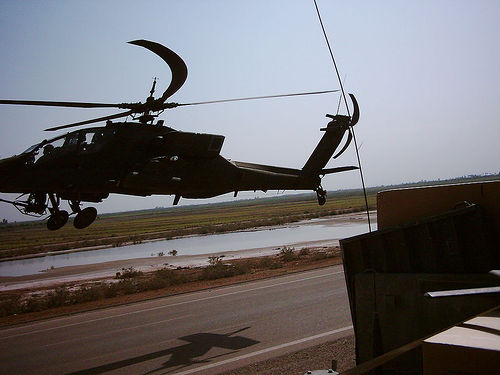But when you use a high aperture the background is blurry anyway? Am I being thick?
I different type of blur ...
take flash out of the equation for a second
take a photo at say 1/2 a second and everything is blurred with motion blur
that blur is different to out of focus blur ...
when you fire a flash with a slower shutter speed you get the motion blur but anything that can be lit by the power of the flash will be frozen by that flash of light ... flashes only light up for a very very short period of time so they are very effective at freezing a subject regardless of the amount of time the shutter is open
this is called slow sync flash
there are a bunch of examples here
13 Great Examples of Slow Sync Flash Images
How will the second curtain advantage me?
There are two types of slow sync flash ... "first curtain" on cameras typically called "slow" and "second curtain" on cameras typically called "rear"
simply put, first curtain fires at the first moment the shutter is fully open, second curtain fires at the last moment before the shutter closes ...
so in 1/2 of a second if you want to freeze your subject at the beginning of that period of time use slow. if you want to freeze your subject at the end use rear
to complicate things slightly more depending on flash power you can freeze different things
Flash duration of a Canon 580Ex flashgunPhotosbyKevbut day to day that will not make much odds to you
your flash is also capable of "stroboscopic" flashing ie you can set it to flash many times whilst the shutter is open ... that is how the effect of the knife chopping the apple is achieved in the above link
I do understand the principle of the two shutters inside the camera due to previous experience with an old manual flash which would be exposed on only a portion of the image because the shutter speed was too quick.
technically speaking there is only one shutter, just two elements to it ... this is to provide uniform exposure
although in certain circumstances it can make some fun things happen
Talk:Samples: High-Speed Shutter & Flash-Sync - CHDK Wiki
